
Aniket
12/15/2025 10:40:44 AM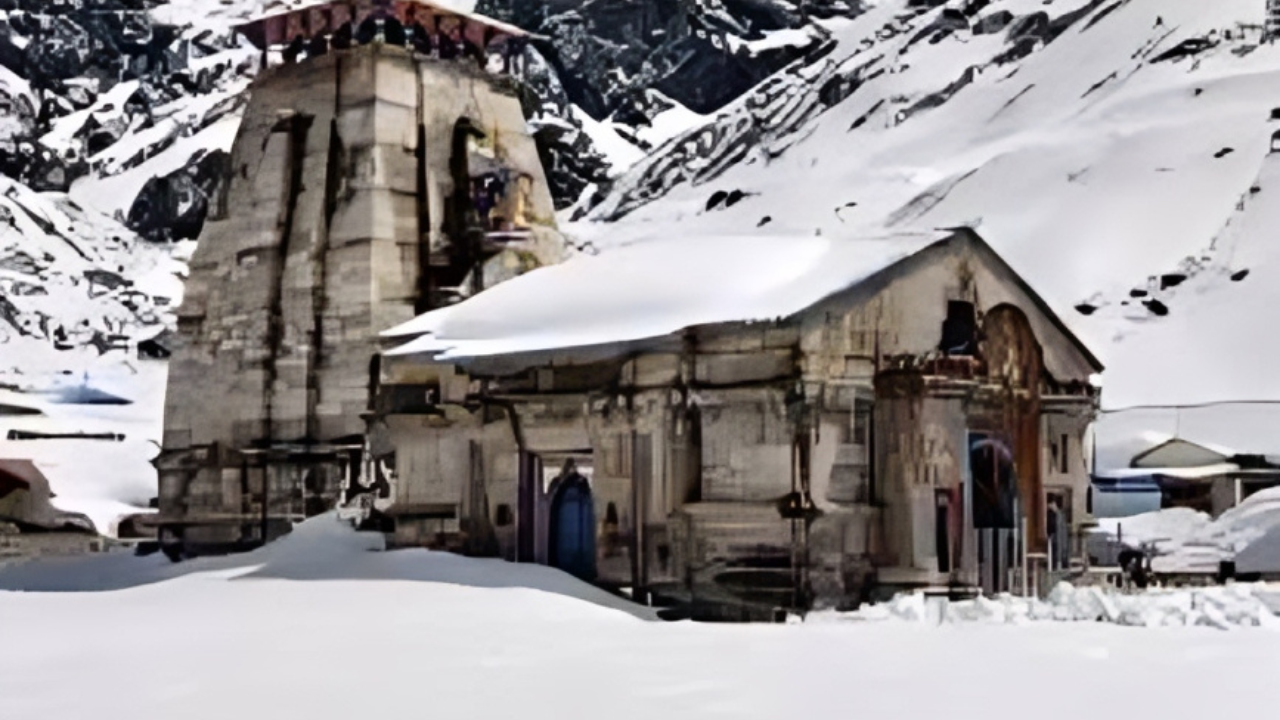
Why People Go to Kedarnath Temple: Faith, Spirituality, and Inner Transformation
Kedarnath Temple is one of the most sacred Hindu pilgrimage sites in India. Located in the Rudraprayag district of Uttarakhand, high in the Garhwal Himalayas, the temple is dedicated to Lord Shiva and is one of the twelve Jyotirlingas, which are considered the holiest abodes of Shiva. Every year, lakhs of devotees from India and across the world undertake the challenging journey to Kedarnath. But why do people go to Kedarnath despite harsh weather, difficult terrain, and physical exhaustion? The answer lies in faith, devotion, spiritual peace, and the deep belief in Lord Shiva’s blessings.
Explore
Aniket
12/11/2025 10:53:10 AM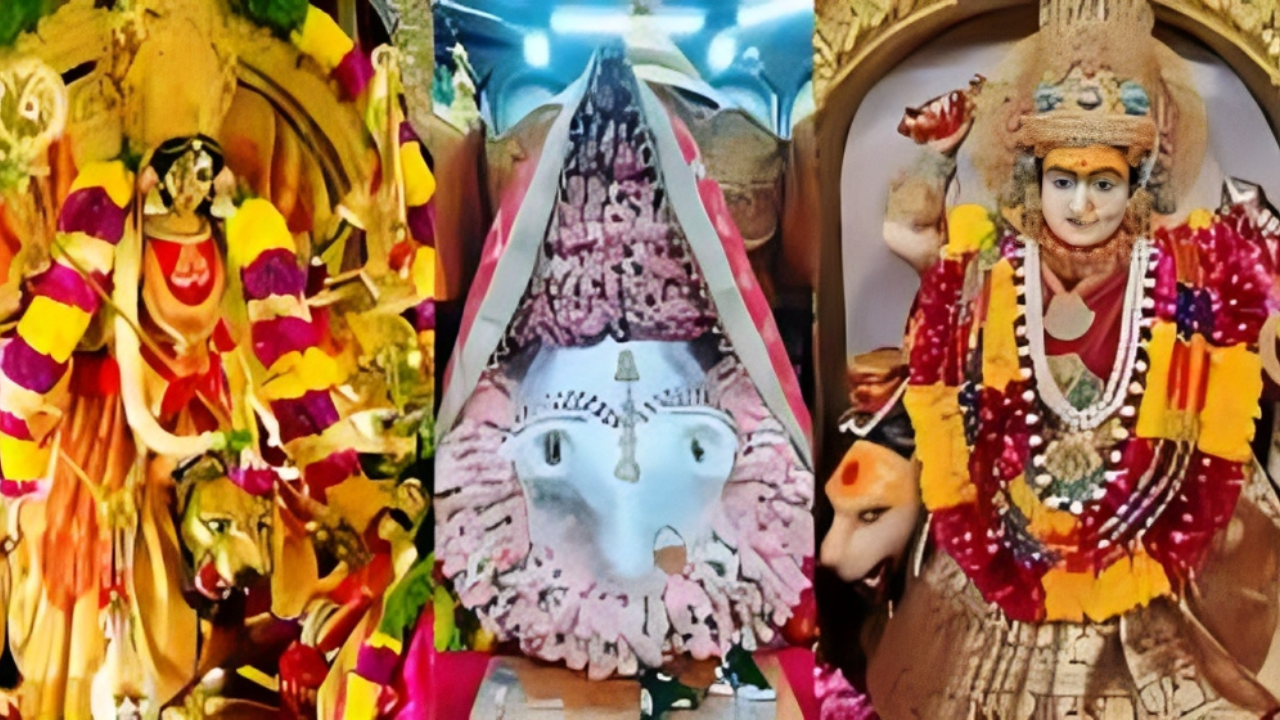
How Many Maa Devi Temples Are There – A Complete Map & Guide
India is known as the Land of Devi, where countless temples are dedicated to different forms of the Divine Mother. From the snow-covered peaks of the Himalayas to the coastal regions of South India, Maa Devi is worshipped in hundreds of unique names, styles, and traditions. Every temple carries its own history, spiritual energy, and cultural identity. In this blog, we explore how many Maa Devi temples exist, the most important ones, and provide a complete map-style guide to help you understand their geographical presence.
Explore
Aniket
12/9/2025 10:03:30 AM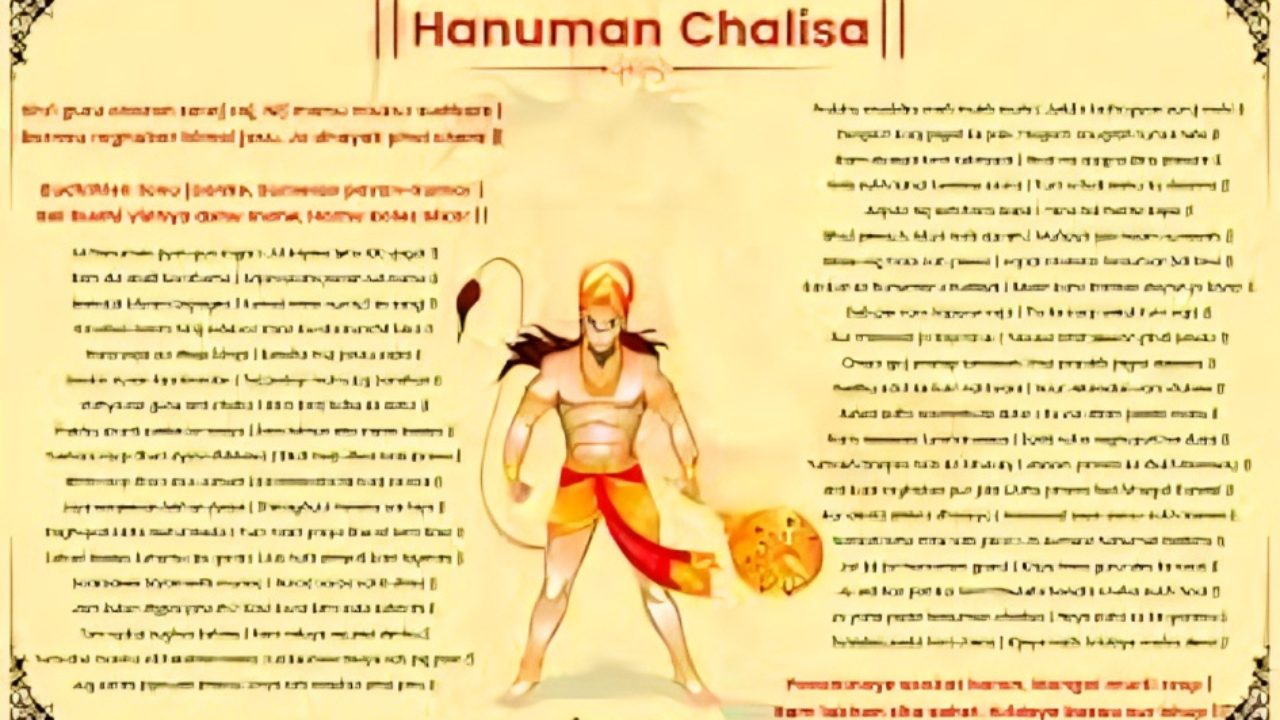
Why People Write Their Name in the Hanuman Chalisa
The Hanuman Chalisa is one of the most powerful and sacred hymns in Hinduism. Written by Goswami Tulsidas, it is a 40-verse devotional prayer dedicated to Lord Hanuman, the symbol of strength, devotion, and protection. Millions of people read the Hanuman Chalisa every day, believing that it removes fear, gives courage, and brings blessings. In the same way, many people also follow a special practice — writing their own name inside the Hanuman Chalisa or writing the Chalisa itself many times with their name included.
Explore
Aniket
12/8/2025 3:26:04 PM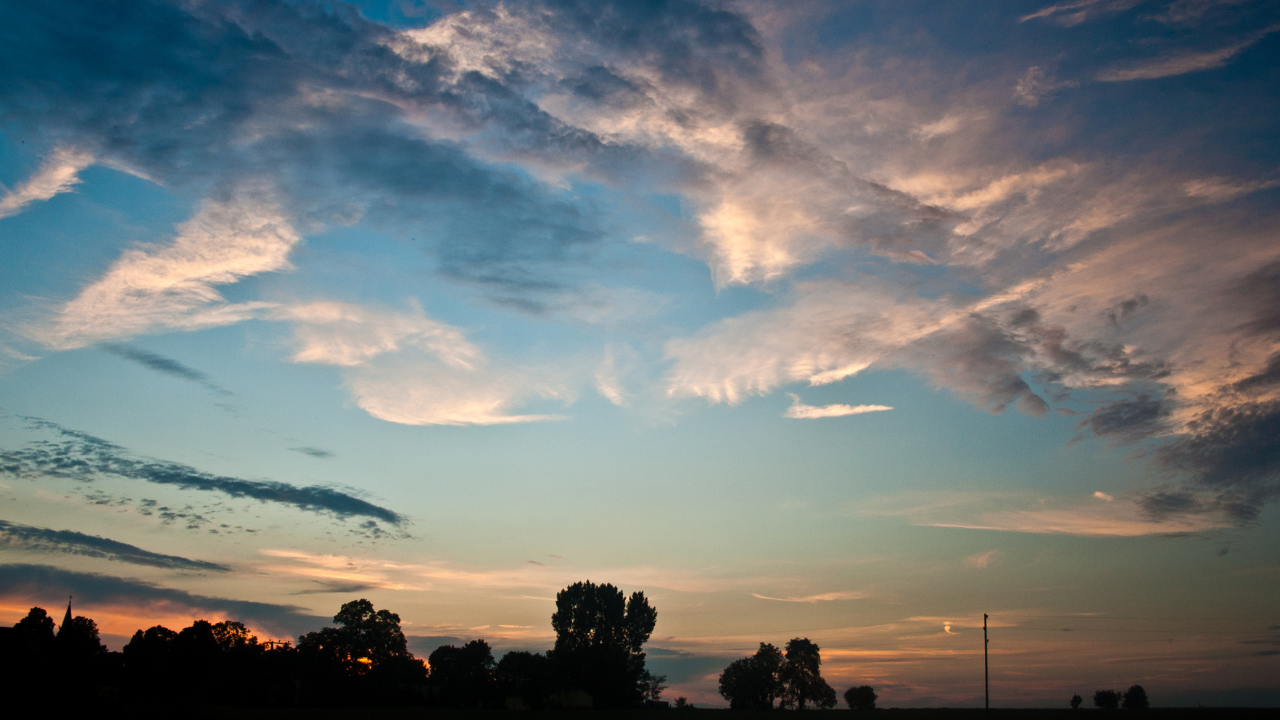
Why Are God Temples Important? A Deep Insight
Temples have been an essential part of human civilization for thousands of years. Whether it is a grand Hindu mandir, a small village shrine, or a beautifully crafted spiritual monument, every temple holds deep meaning. Many people visit temples daily, weekly, or on special occasions — but have you ever wondered why temples are so important? Why do people feel peaceful and connected when they step inside?
Explore
Aniket
12/6/2025 3:13:52 PM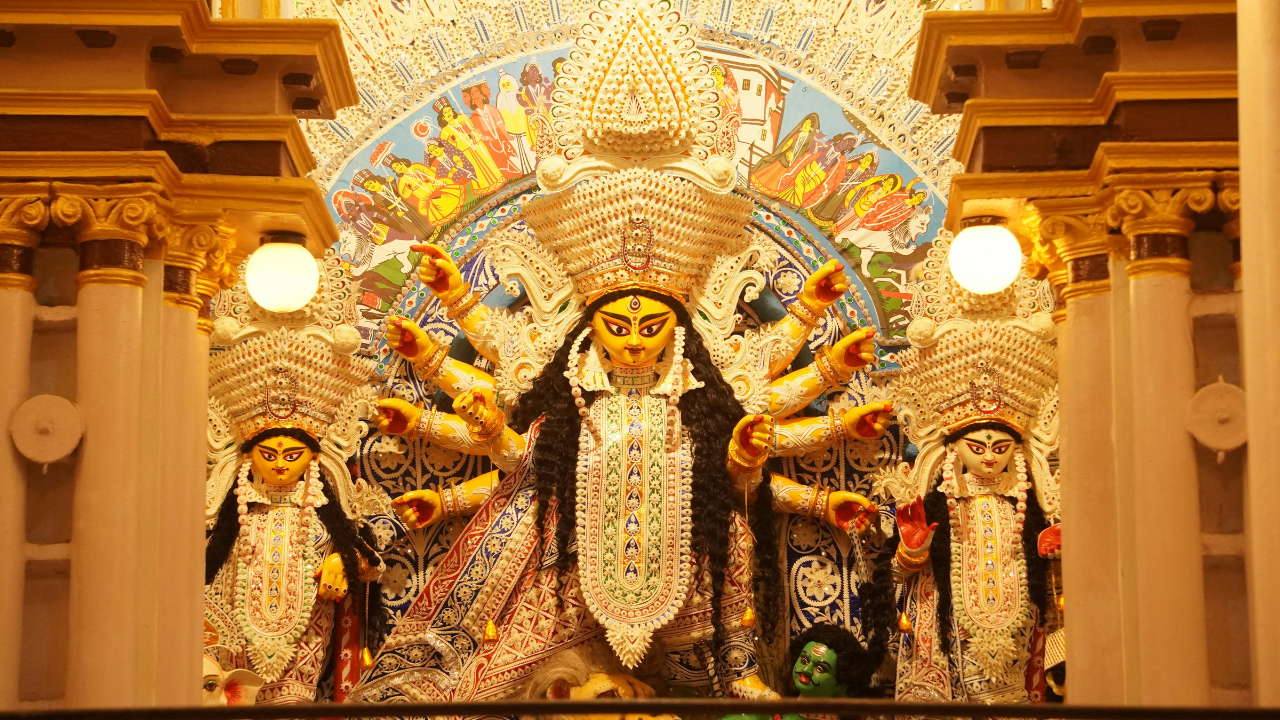
Why We Celebrate Saraswati Puja: Significance, History & Cultural
Saraswati Puja, also known as Vasant Panchami, is one of the most sacred Hindu festivals dedicated to Goddess Saraswati, the divine embodiment of knowledge, wisdom, learning, music, art, and culture. Every year, millions of students, teachers, artists, and families worship Mata Saraswati to seek her blessings for intelligence, creativity, and clarity of mind. This festival holds deep cultural, spiritual, and social importance, symbolizing the triumph of knowledge over ignorance.
Explore
Aniket
12/3/2025 12:26:07 PM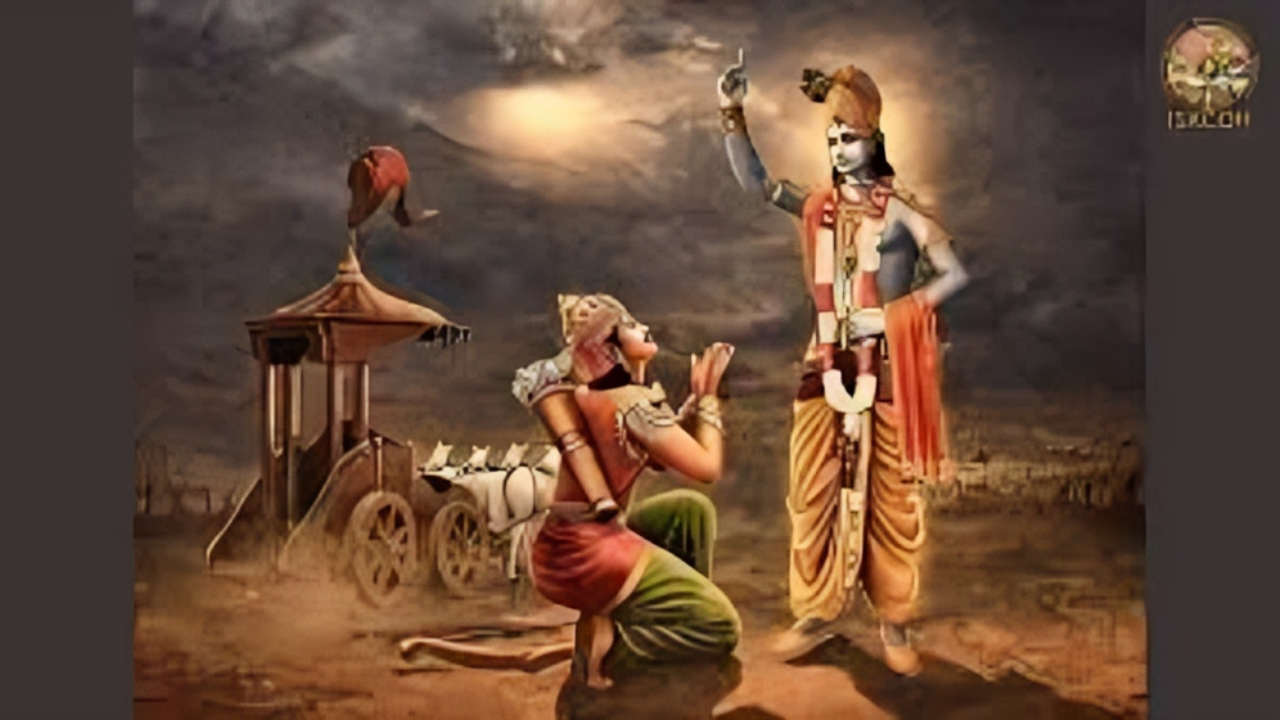
What Is Written in the Bhagavad Gita? A Complete 800-Word Explanation
The Bhagavad Gita is one of the most important spiritual books in India and across the world. It is not just a religious text— it is a guide to life, duty, wisdom, and inner peace. Written over 5,000 years ago as part of the Mahabharata, the Gita is a conversation between Shri Krishna and Arjuna on the battlefield of Kurukshetra. But even though it happens during a war, the teachings of the Gita apply to every person, in every situation, in every era.
Explore
Aniket
12/1/2025 12:54:05 PM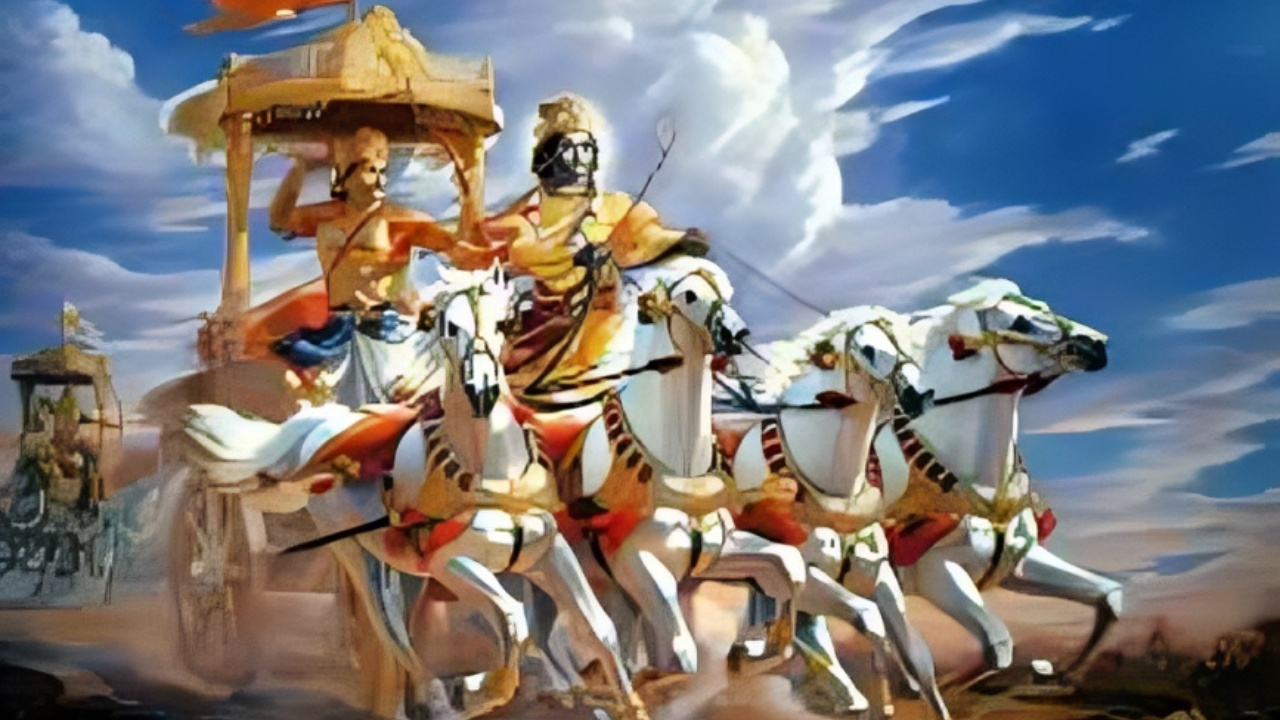
Bhagavad Gita Day: Why We Celebrate This Sacred Occasion
Bhagavad Gita Day is a spiritually significant occasion celebrated by millions of Hindus and spiritual seekers across the world. This day marks the divine moment when Lord Krishna imparted the wisdom of the Bhagavad Gita to Arjuna on the battlefield of Kurukshetra. The teachings of the Gita are not just ancient verses; they are a complete guide to life, purpose, duty, and self-realization. Celebrating Bhagavad Gita Day is a way to honor this timeless scripture and bring its message into our daily lives.
Explore
Aniket
11/29/2025 12:46:51 PM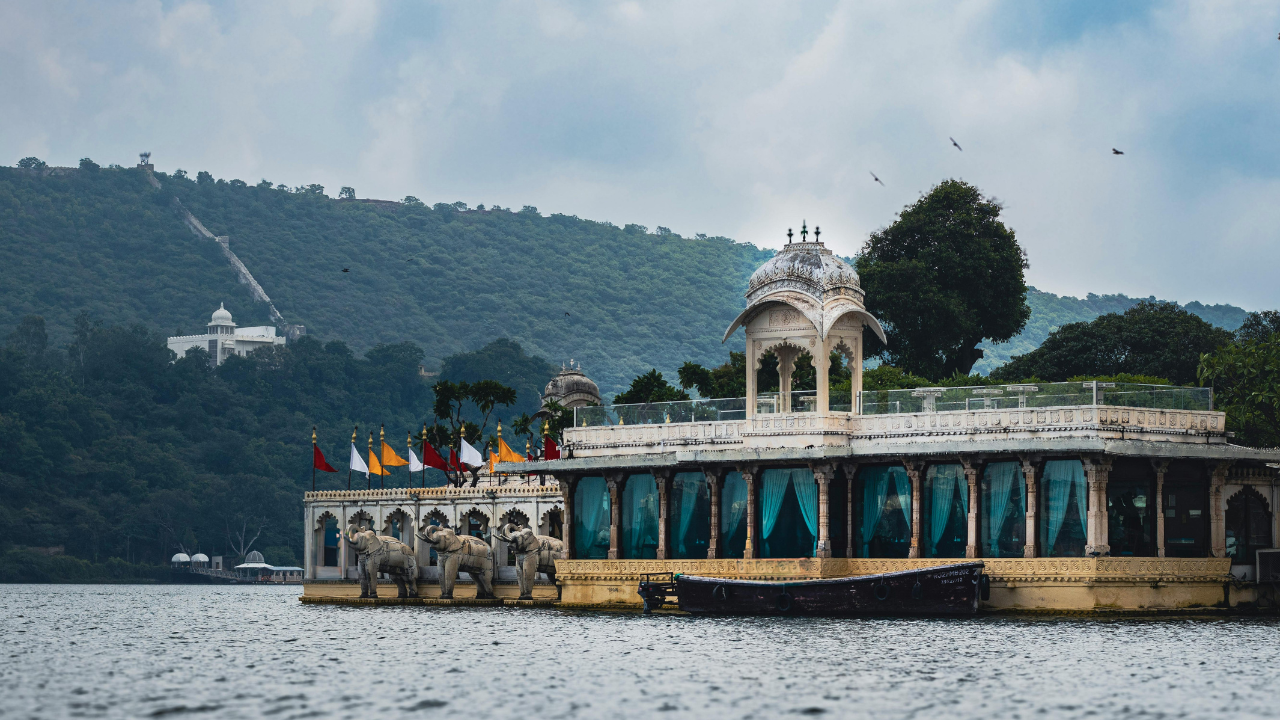
Out of Country Mahadev Temples: A Complete Travel Guide
Lord Shiva, known as Mahadev, is worshipped across the world by millions of devotees. While India is home to countless Shiva temples, many beautiful and historically rich Mahadev temples also exist outside India. These temples reflect ancient cultural connections, migration stories, and the spread of Hindu spirituality across borders. If you are planning a spiritual journey beyond India, this complete travel guide will help you explore some of the most important out-of-country Mahadev temples.
Explore
Aniket
11/27/2025 11:35:05 AM
Shiv Parvati Temple: Complete Travel Guide
India is a land of spirituality, ancient stories, and divine temples that hold deep cultural importance. Among them, the Shiv Parvati Temple stands out as a sacred destination dedicated to Lord Shiva and Goddess Parvati. Located amidst peaceful surroundings and rich natural beauty, this temple attracts thousands of devotees and travelers seeking blessings, tranquility, and a deeper connection with Hindu mythology.
Explore
Aniket
11/26/2025 10:10:56 AM
Where Are Khatushyam Ji Nearby Temples? – A Complete Guide
Khatushyam Ji, known as the “Kaliyug Ke Sacha Devta,” holds a special place in the hearts of millions of devotees across India and beyond. The main Khatushyam Ji temple, located in the Sikar district of Rajasthan, attracts an enormous number of pilgrims every year—especially during the Phalgun Mela, when devotees come to seek blessings, peace, and spiritual strength.
Explore
Aniket
11/25/2025 10:48:08 AM
Where Is the Gangotri River? A Journey to the Sacred Source of the Ganga
The Gangotri River holds a special place in the hearts of millions, not only in India but across the world. Revered as one of the holiest rivers on Earth, the Ganga begins its legendary journey from this pristine Himalayan region. But where exactly is the Gangotri River located, and what makes it so significant? To truly understand its importance, one needs to explore the geography, mythology, and natural beauty surrounding this sacred river.
Explore
Aniket
11/24/2025 10:22:49 AM
Karan Temple: Complete Travel Guide (History, How to Reach, Tips & Best Time)
Hidden in the serene valleys and untouched landscapes of Himachal Pradesh, the Karan Temple is one of India’s most peaceful and spiritually uplifting destinations. Located in the Kishtwar region near Thakurai village on the banks of the Chenab River, the temple is believed to be dedicated to Karna, the legendary warrior from the Mahabharata. With its ancient wooden architecture, Himalayan backdrop, and pure spiritual atmosphere, the temple attracts both devotees and travel lovers seeking calm, culture, and natural beauty.
Explore
Aniket
11/22/2025 11:06:40 AM
Where Was Parashuram Born? The Sacred Land of Lord Parashuram
India is a land of legends, divine stories, and spiritual destinations. Among the great incarnations of Lord Vishnu, Bhagwan Parashuram holds a unique place. Known as the sixth avatar of Vishnu, Parashuram is remembered as the warrior-sage who upheld dharma, fought injustice, and reshaped ancient history. One question that often fascinates devotees and travelers alike is: “Where was Parashuram born?” To understand this, we explore mythology, geography, and cultural history connected to the divine birth of Parashuram.
Explore
Aniket
11/21/2025 11:32:59 AM
Teerth Dham Yatra: A Complete Travel & Tourist Guide for Every Devotee
India is a land of faith, spirituality, and divine journeys. Among its many sacred pilgrimages, Teerth Dham Yatra holds a special place for millions of devotees seeking peace, blessings, and inner awakening. Whether you are planning your first spiritual journey or looking for a detailed travel guide, this blog will help you understand everything about Teerth Dham Yatra—its significance, how to plan your trip, places to visit, route details, and essential tips to make your pilgrimage smooth and memorable.
Explore
Aniket
11/19/2025 2:24:33 PM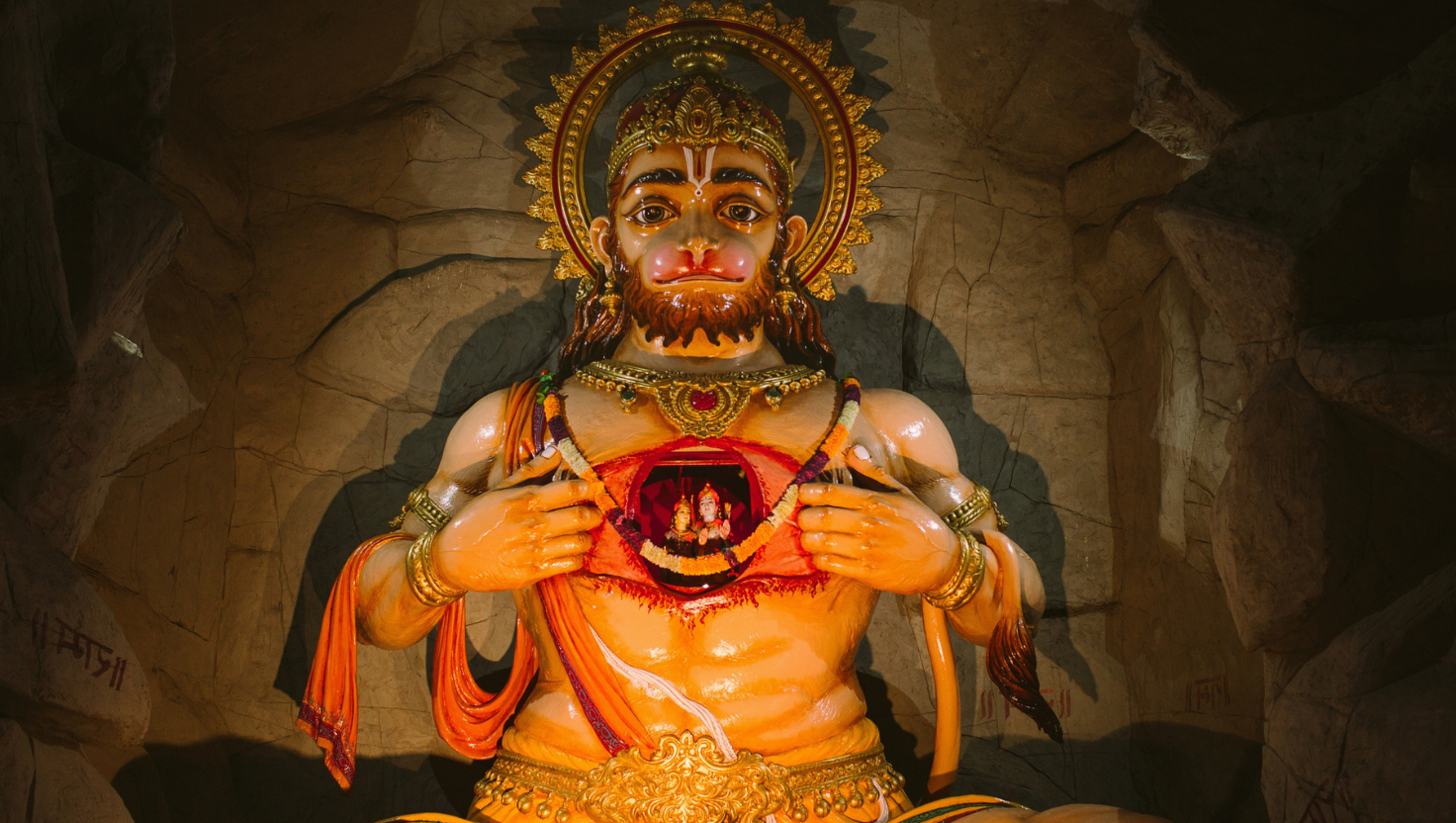
Why Every Man Should Observe Monday Fast: A Powerful Spiritual and Personal Practice
Fasting has been a part of Indian culture for thousands of years, but Monday fast—also known as Somvar Vrat—holds a very special significance. Traditionally dedicated to Lord Shiva, this fast is believed to bring strength, peace, discipline, and mental clarity. But in today's modern world, Monday fasting is not only a spiritual practice; it also offers practical benefits for men who are managing families, careers, businesses, or personal development goals.
Explore
Aniket
11/15/2025 11:07:14 AM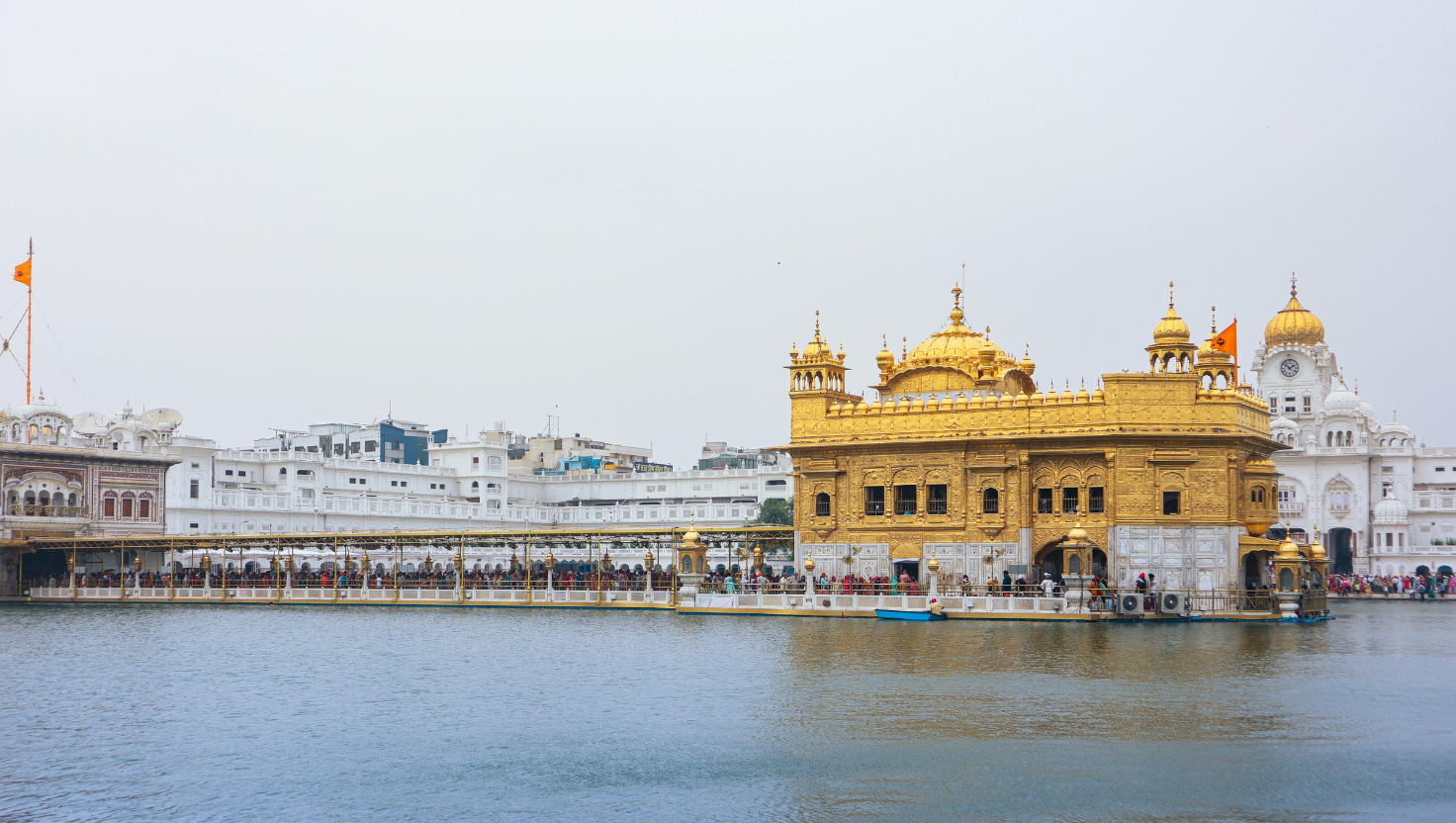
Where is Golden Temple: Complete Travel Guide
The Golden Temple, also known as Harmandir Sahib or Darbar Sahib, is one of the most revered spiritual sites in India and a major tourist attraction. Located in Amritsar, Punjab, this stunning Sikh shrine attracts millions of visitors every year, from devotees seeking spiritual solace to travelers exploring India’s rich heritage. This guide will take you through the history, architecture, travel tips, and essential experiences for visiting the Golden Temple.
Explore
Aniket
11/14/2025 12:00:12 PM
Tungnath: The Highest Shiva Temple in the World – Complete Trekking
India is home to thousands of ancient temples, but among them, Tungnath Temple stands apart. Located in the majestic Garhwal Himalayas of Uttarakhand, Tungnath is the highest Shiva temple in the world, situated at an altitude of 3,680 meters (12,073 feet). For devotees, adventurers, and nature lovers, this divine place offers a rare combination of spirituality and trekking thrill. In this blog, we explore where Tungnath is, how to reach it, why it is so special, and what makes it one of the most loved Himalayan routes.
Explore
Aniket
11/13/2025 10:24:07 AM
Where is Vaishno Devi Temple – A Complete Travel Guide to the Holy Shrine
Nestled amidst the breathtaking Trikuta Mountains in Jammu and Kashmir, the Vaishno Devi Temple is one of India’s most sacred pilgrimage destinations. Every year, millions of devotees from across the country and around the world visit this holy shrine with unwavering faith and devotion. Known as the abode of Mata Vaishno Devi, this temple is not just a place of worship but a journey of spiritual awakening, perseverance, and divine connection.
Explore
Aniket
11/12/2025 10:27:52 AM
Why Khatu Shyam Ji Temple Was Built in Rajasthan – The Divine Story and Significance
Rajasthan, the land of kings, is not just famous for its palaces and deserts but also for its deep spiritual heritage. Among its many sacred sites, the Khatu Shyam Ji Temple, located in the Sikar district, holds a special place in the hearts of millions of devotees. Dedicated to Barbarik, the grandson of Bhima from the Mahabharata, the temple attracts people from across India who believe in Lord Shyam’s blessings of courage, compassion, and victory. But have you ever wondered why this temple was built in Rajasthan and what makes it so spiritually powerful? Let’s explore the divine reasons and history behind this sacred shrine.
Explore
Aniket
11/11/2025 10:23:01 AM
Where Are Shiv-Parvati Mandir: Complete Travel Guide
Lord Shiva and Goddess Parvati are among the most revered deities in Hinduism. Devotees across India and the world often seek blessings from these divine figures, making Shiv-Parvati Mandirs (temples) popular pilgrimage sites. If you’re planning a spiritual journey or a cultural trip, this guide will help you explore some of the most famous Shiv-Parvati Mandirs, along with travel tips, timings, and nearby attractions.
Explore
Aniket
11/10/2025 11:16:59 AM
Ram Mandir: A Year-by-Year Complete History of the Grand Temple of Ayodhya
The Ram Mandir in Ayodhya is one of the most significant and emotional religious landmarks in India. It represents centuries of devotion, cultural identity, historical struggles, archaeological research, legal decisions, and ultimately, the unifying spirit of millions of people. The inauguration of the Ram Mandir on 22 January 2024 is not just the completion of a temple but the culmination of a journey that spans thousands of years. This blog presents a detailed, year-by-year overview of how the Ram Mandir was finally completed and how the dream turned into reality.
Explore
Aniket
11/6/2025 10:59:55 AM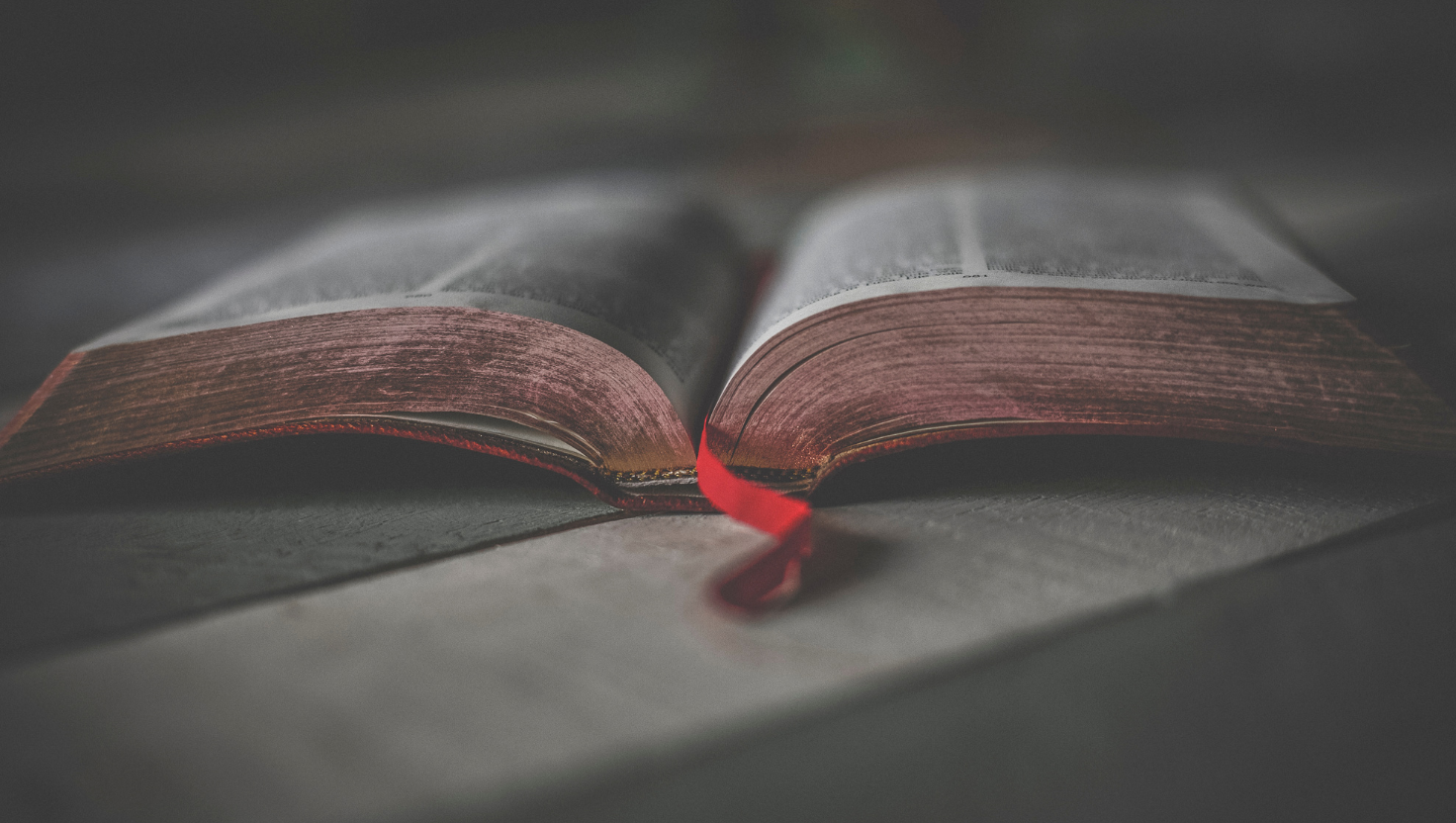
Who Wrote the Gita? Why the Writer’s Name Matters?
The Bhagavad Gita, often called simply the Gita, is one of the most important spiritual and philosophical texts in the world. Its teachings go beyond religion—they offer guidance on duty, righteousness, self-discipline, leadership, karma, and living a meaningful life. But one common question often arises: Who wrote the Gita, and why does the writer’s name matter
Explore
Aniket
11/5/2025 11:00:35 AM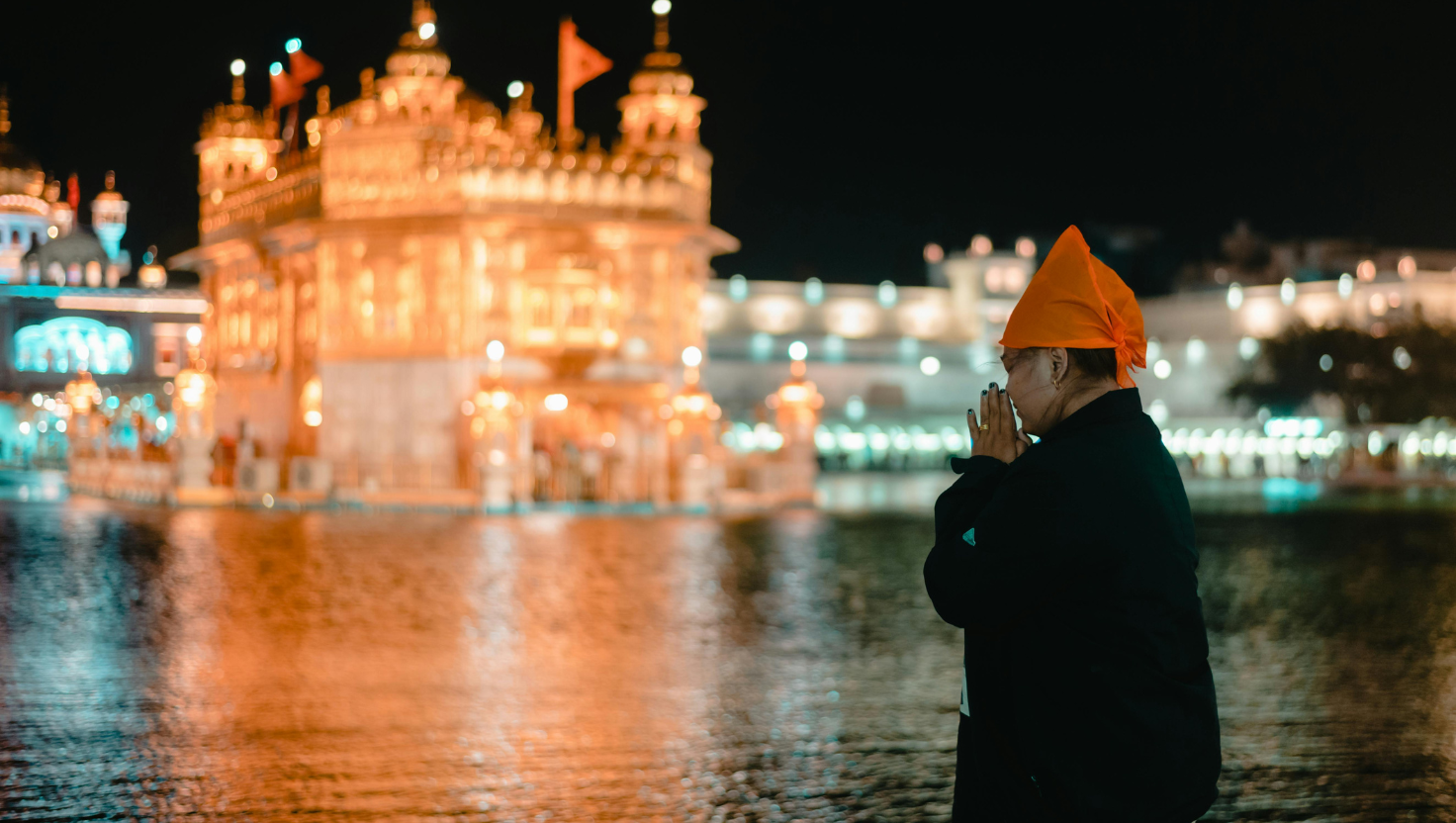
Guru Nanak Jayanti: Why It Is Celebrated on 5 November
Guru Nanak Jayanti, also known as Gurpurab, is one of the most sacred and celebrated festivals in Sikhism. It marks the birth anniversary of Guru Nanak Dev Ji, the founder of Sikhism and the first of the ten Sikh Gurus. His teachings of equality, compassion, humility, and devotion to God continue to inspire millions across the world.
Explore
Aniket
11/4/2025 11:28:49 AM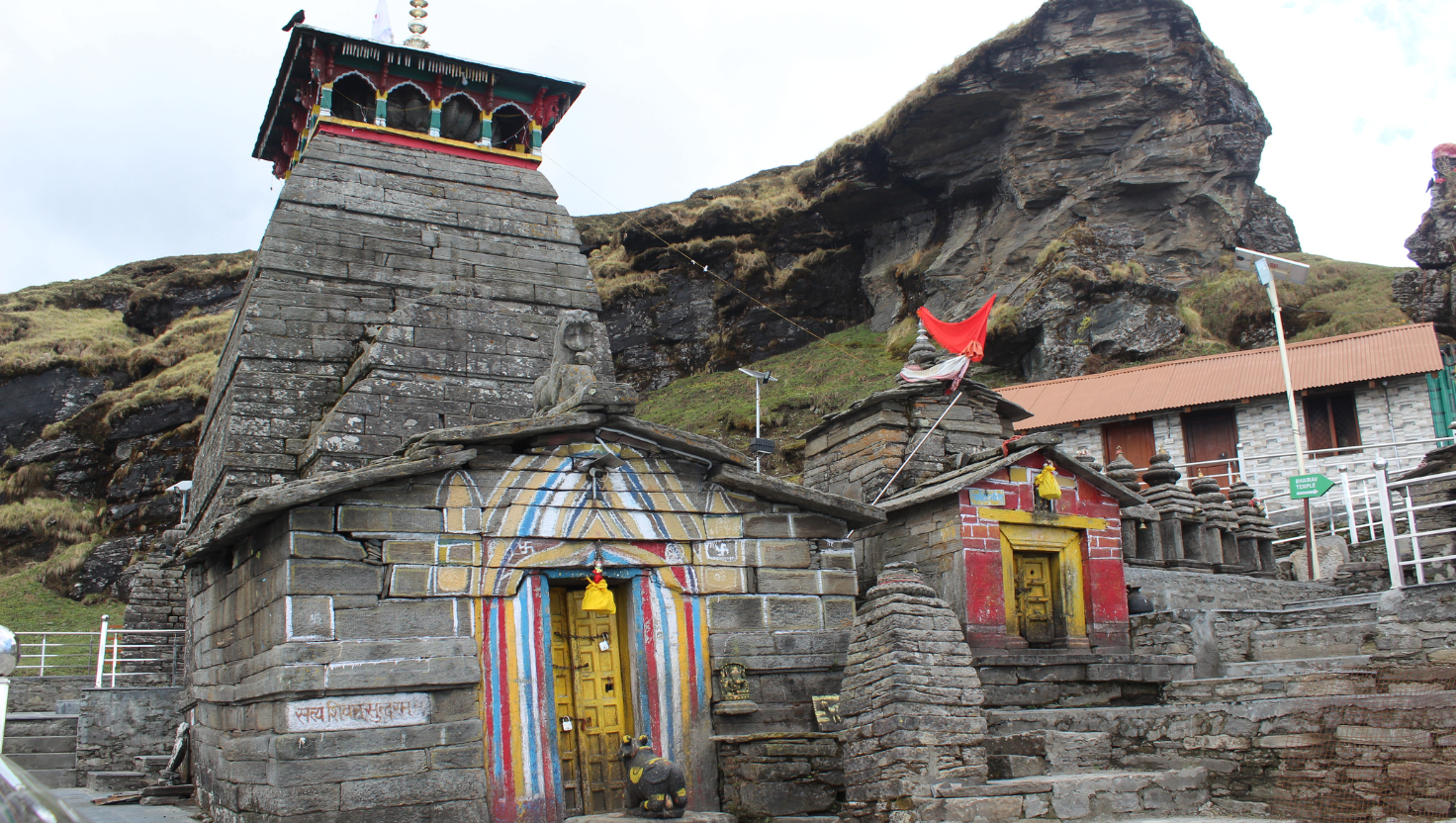
Where Is Tungnath Temple? How the Trek Route Has Changed – Complete Guide
Tungnath Temple, one of the highest Shiva temples in the world, sits gracefully in the Garhwal Himalayas of Uttarakhand. Located at an altitude of around 3,680 meters, it is a sacred part of the famous Panch Kedar pilgrimage. Over the years, the Tungnath trek route has undergone several improvements, making it more visitor-friendly, safer, and easier to navigate. In this blog, we explore where exactly Tungnath lies, how to reach it, and what changes have been made in the trekking route.
Explore
Aniket
11/1/2025 10:47:21 AM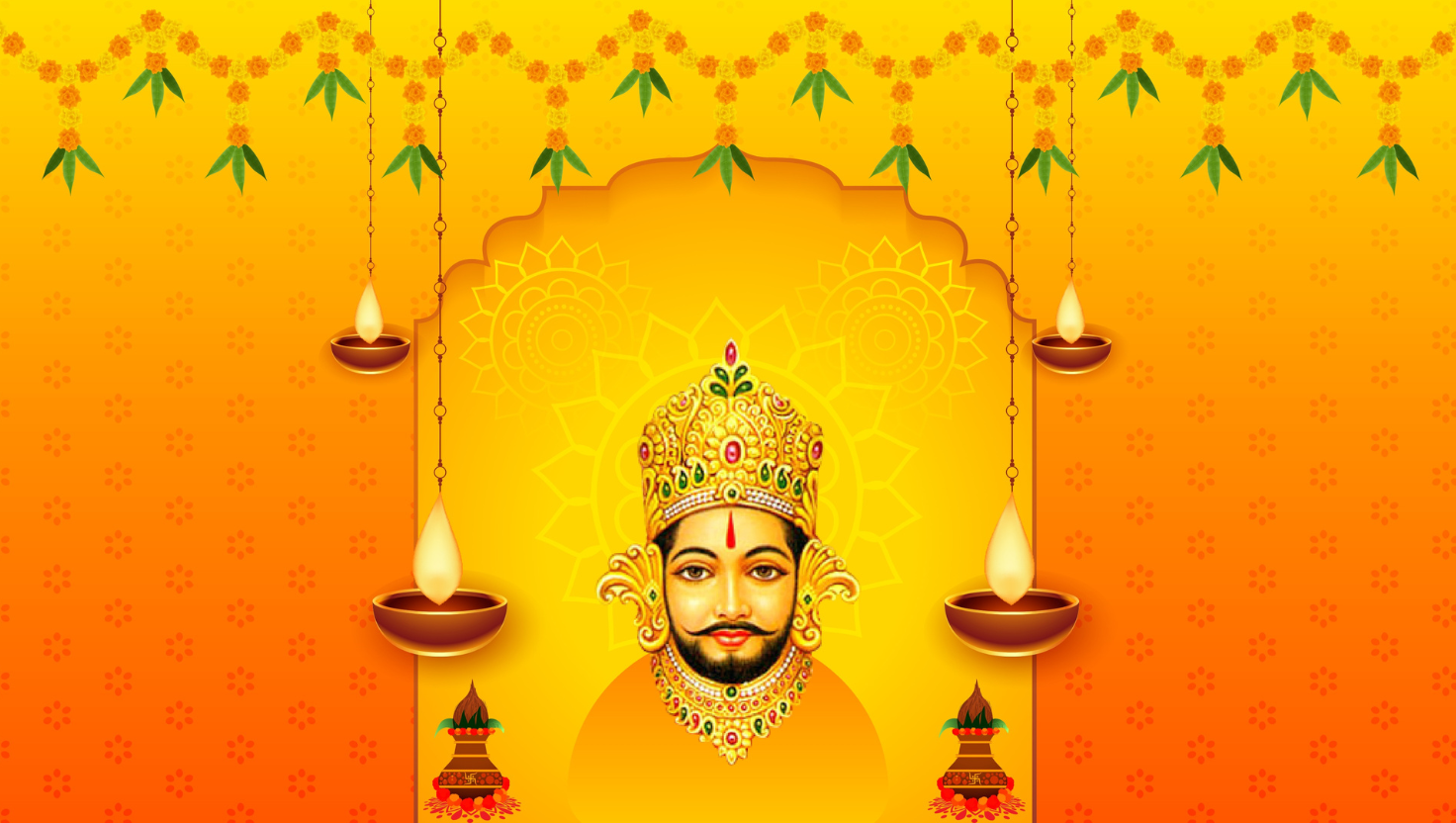
Why Devotees Celebrate Khatu Shyam Ji’s Birthday
Khatu Shyam Ji, also known as Barbarik, is one of the most revered deities in Hindu Dharma. Lakhs of devotees visit the sacred Khatu Dham (Rajasthan) every year to seek blessings, fulfill wishes, and experience the divine presence of Shyam Baba. Among the many auspicious occasions connected with Shyam Baba, Khatu Shyam Ji’s birthday is celebrated with extraordinary devotion, enthusiasm, and spiritual energy.
Explore
Aniket
10/31/2025 10:52:08 AM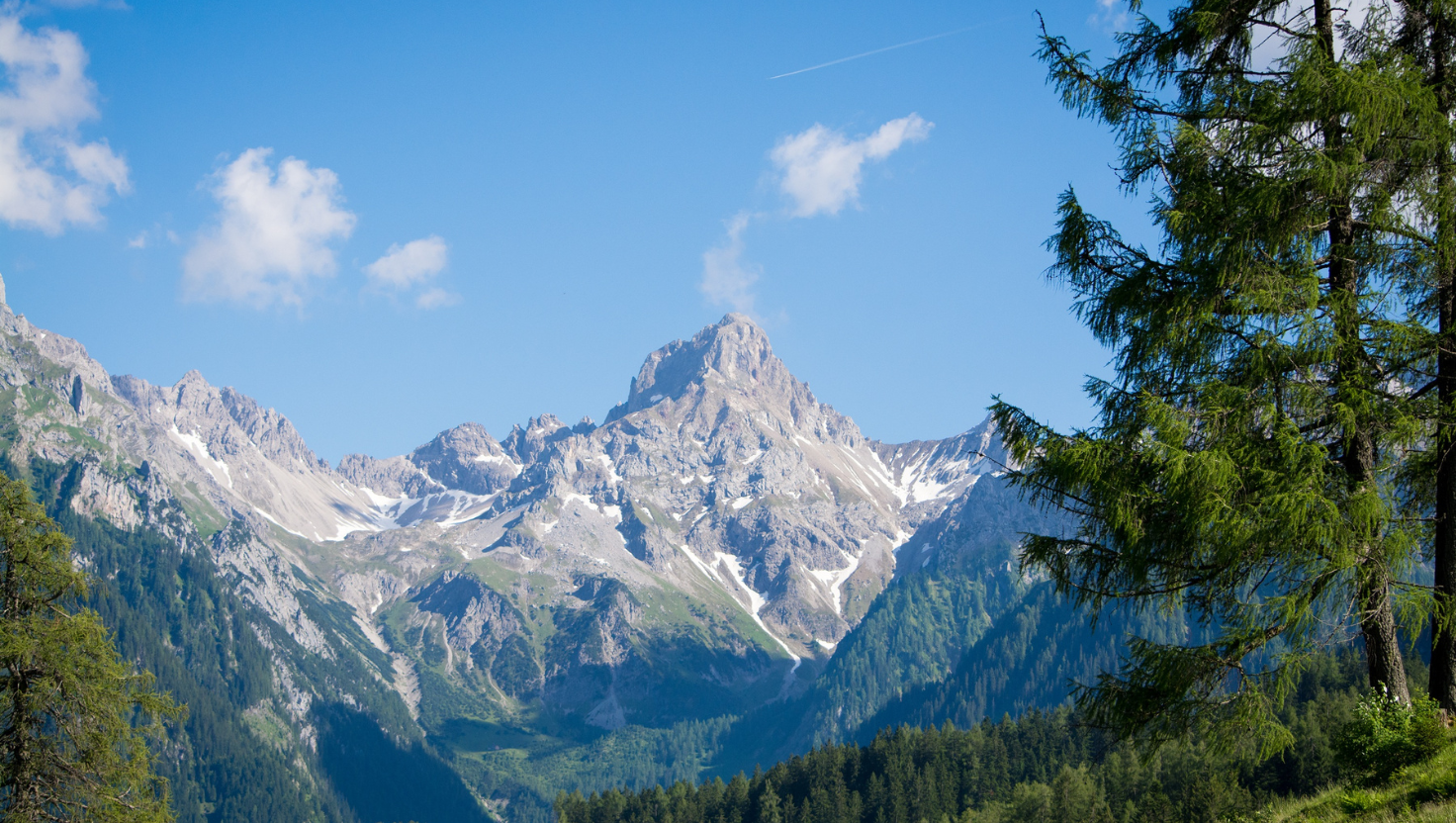
Kalash Parvat: The Hidden Himalayan Gem – Complete Travel Guide
The mighty Himalayas hold countless mysteries, and among them stands Kalash Parvat, a breathtaking yet lesser-known mountain range that attracts trekkers, spiritual seekers, photographers, and adventure lovers. Surrounded by untouched forests, ancient trails, rare flora–fauna, and hidden locations that are still unexplored, Kalash Parvat is one of the most fascinating off-beat destinations in India’s Himalayan belt.
Explore
